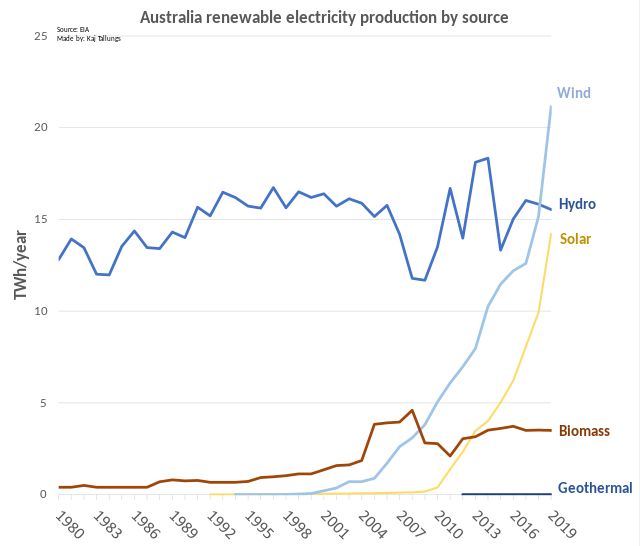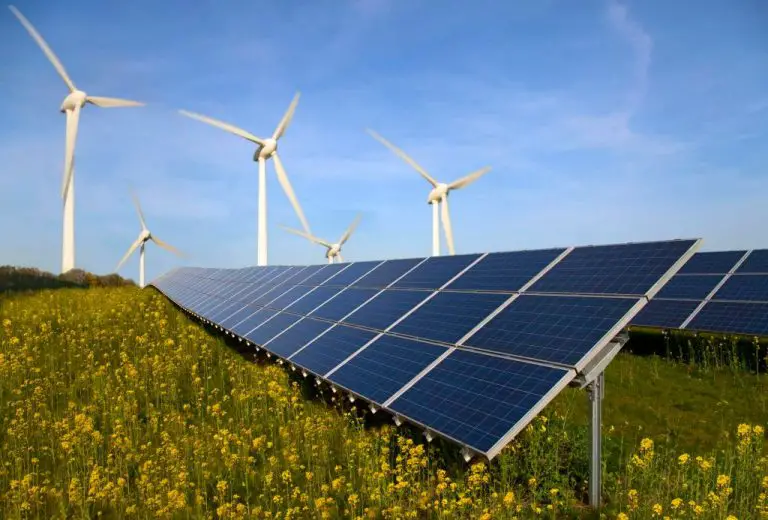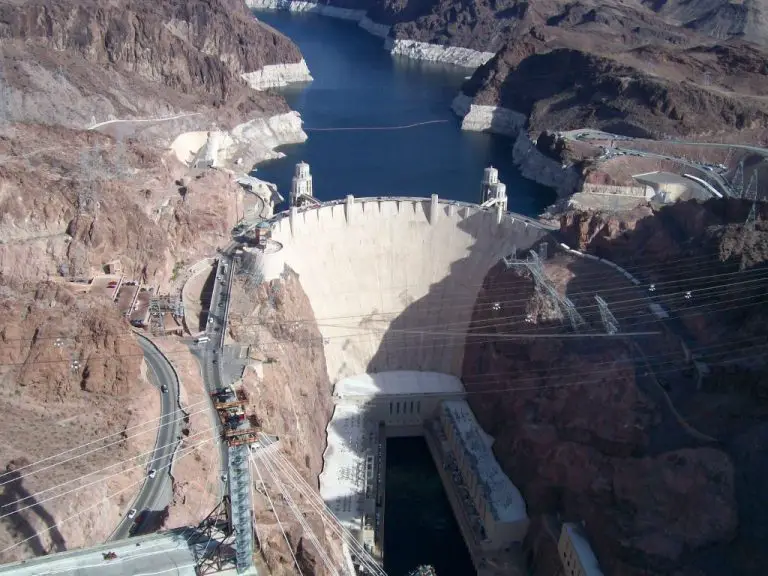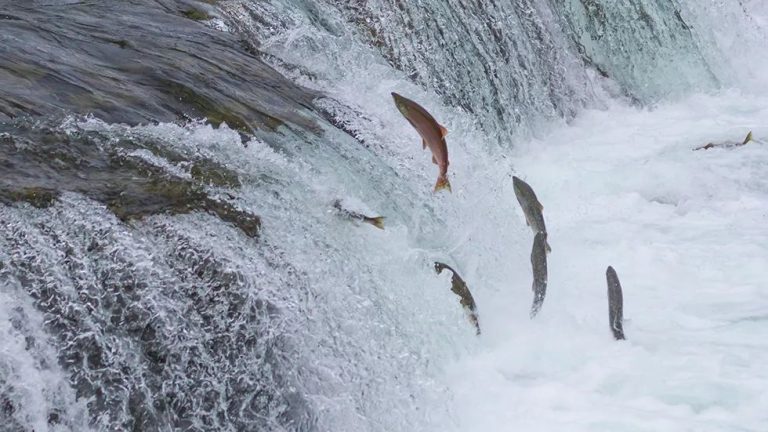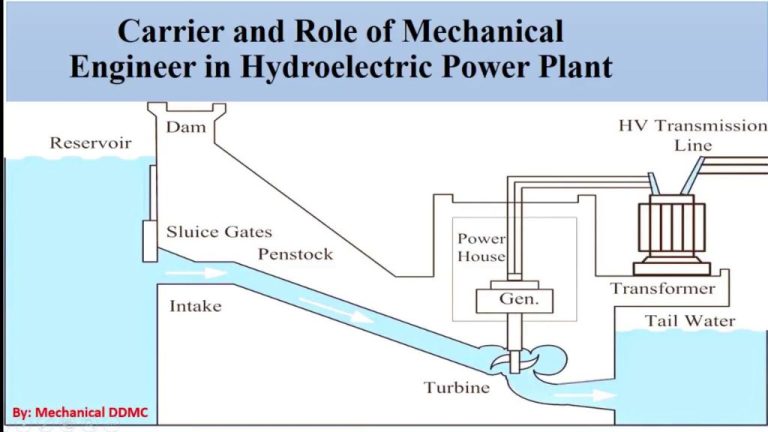Does California Have Hydroelectric Power?
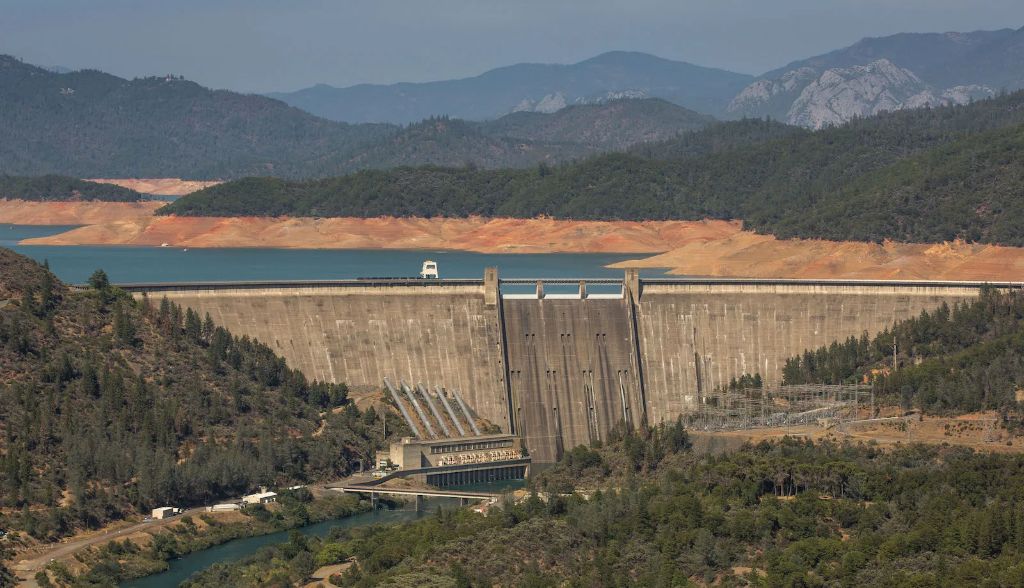
Hydroelectric power has played an important role in California’s energy production for over a century. From the early hydroelectric plants built in the late 1800s to the large-scale dams constructed mid-century, harnessing the power of water has provided Californians with a reliable source of renewable electricity for generations.
Yet despite its long history in the state, hydroelectricity’s share of California’s energy mix has declined in recent decades. Several factors have contributed to this trend, ranging from drought conditions to policy changes. Meanwhile, growing concerns over environmental impacts have led to stricter regulations for new hydro projects.
Even so, hydroelectric power continues to make valuable contributions today. With proper management and innovation, hydro can remain a sustainable part of California’s clean energy future.
Overview of Hydroelectric Power
Hydroelectric power, also known as hydropower, is a renewable energy source that generates electricity by using the energy of flowing water. Hydroelectric power plants capture the kinetic energy of falling or fast-moving water to spin a turbine connected to a generator to produce electricity.
At hydroelectric plants, dams are used to elevate water levels and increase the potential energy. When the water is released, it flows through turbines, causing them to turn, which then spin magnets inside generators to produce an electric current. The amount of electricity that can be generated depends on the volume of water flow and the distance the water falls.
Hydroelectric power has many benefits compared to fossil fuels for generating electricity (https://www.energy.gov/eere/water/benefits-hydropower):
- It is a renewable energy source that does not produce greenhouse gas emissions.
- It is reliable and flexible to meet shifts in electricity demand.
- It provides flood control and water supply management.
- The plants have a long lifespan with low operating and maintenance costs.
Overall, hydroelectric power is a clean, renewable energy source that provides reliable baseload power to electricity grids while offering environmental and economic benefits.
History of Hydroelectric Power in California
Hydroelectricity first came to California in 1880s with the construction of the first hydroelectric power plant on the San Bernardino Creek [1]. This small plant sent power to 11 street lights in the city of San Bernardino. The following years saw the construction of small hydroelectric plants around the state, but it wasn’t until the 20th century that large-scale hydro projects came online.
In the early 1900s, California commissioned several major hydroelectric projects, including the Colgate Powerhouse on the Yuba River which began operation in 1910 [2]. In the 1920s, the construction of Oroville Dam and Hoover Dam brought expanded hydro capacity to the state. Over the next few decades, massive projects like Shasta Dam, Folsom Dam, and the California Aqueduct came online, cementing hydroelectricity as a major source of power in California.
By the 1940s, hydroelectricity represented 75% of all electricity consumed in California [3]. Large-scale hydro projects continued to be built in the state through the 1960s and 70s before declining due to environmental concerns. Today, many of California’s original hydroelectric facilities continue to generate a substantial portion of the state’s renewable power.
Current Hydroelectric Projects in California
California has a number of major hydroelectric dams and power plants currently operating across the state. Some of the most significant projects include:
The Folsom Dam on the American River which generates up to 198 MW and includes Folsom Lake for water storage.
The Oroville Dam in Northern California is one of the tallest dams in the United States at 770 feet and includes the Edward Hyatt Power Plant generating up to 819 MW.
The Shasta Dam and reservoir in Northern California powers the 602 MW Shasta Power Plant.
Other major hydroelectric facilities include the Helms Pumped Storage Plant, Keswick Dam, New Melones Dam, San Luis Dam, New Don Pedro Dam, and Pyramid Dam among others.
In total, California has over 200 hydroelectric power plants operated by a mix of public and private entities with a total capacity of nearly 16,000 MW, which accounts for about 15% of the state’s electricity generation.
Contribution to California’s Energy Mix
Hydroelectric power plays an important role in California’s energy mix. According to the California Energy Commission, in 2022 total utility-scale electric generation for California was 287,220 gigawatt-hours (GWh). Of that total, 14% or 39,863 GWh came from utility-scale hydroelectric power plants. This makes hydroelectric power the third largest source of renewable energy in the state, behind wind (32,554 GWh) and solar (53,589 GWh) but ahead of geothermal (12,895 GWh) and biomass (3,965 GWh). In comparison, natural gas accounted for 44% of California’s electricity generation in 2022.
While the total contribution from hydroelectric power has remained relatively steady over the past decade, the proportion of California’s electricity mix has declined as other renewable sources like solar and wind have expanded more rapidly. However, hydroelectric power remains an important renewable baseload source due to its storage capabilities and fast ramping abilities to meet peak demand.
Environmental Impacts
Hydroelectric power plants can have significant environmental impacts, especially relating to effects on wildlife and ecosystems. Constructing dams and reservoirs for hydroelectricity floods large areas of land that serves as habitat for many species. According to the U.S. Energy Information Administration, flooding land for hydroelectric reservoirs destroys forests, wildlife habitat, agricultural land, and cultural heritage sites (https://www.eia.gov/energyexplained/hydropower/hydropower-and-the-environment.php).
The USGS notes that hydroelectric facilities affect land use, homes, and natural habitats both upstream and downstream. Dams block fish migration and affect nutrient and sediment transport in the river, altering downstream habitats. Reservoirs may cover important natural areas and agricultural lands. (https://www.usgs.gov/special-topics/water-science-school/science/hydroelectric-power-water-use).
Overall, the large-scale environmental changes caused by hydroelectric dams can threaten biodiversity through habitat loss and fragmentation. Mitigation measures may include fish ladders, hatcheries, and habitat restoration projects. However, many impacts are difficult or impossible to fully mitigate.
Regulations and Oversight
Hydroelectric power generation in California is regulated by both federal and state agencies. At the federal level, the Federal Energy Regulatory Commission (FERC) issues licenses and exemptions for hydroelectric projects. According to https://water.ca.gov/Programs/State-Water-Project/Hydropower-Licensing, FERC has jurisdiction over 85 dams in California through these licenses and exemptions.
At the state level, the California Energy Commission has authority over permitting new hydroelectric facilities under the Warren-Alquist Act. The CEC’s Renewables Portfolio Standard program also governs eligibility of hydro projects based on size and environmental criteria. Additionally, the State Water Resources Control Board implements section 401 of the Clean Water Act which requires hydro projects to obtain certification ensuring they comply with water quality standards.
Key regulations include California Code of Regulations Title 23, Section 1071 which establishes criteria for hydroelectric project permits from the CEC. This aims to balance power generation and environmental protection.
Future Outlook
California has ambitious plans to further expand hydroelectric power as part of its renewable energy goals. The state has mandated that 100% of electricity come from carbon-free sources by 2045. Hydroelectric power, with its low carbon emissions, is expected to play an important role.
There are several new hydroelectric projects planned, including a proposed 380 MW pumped storage facility by Eagle Crest Energy that would help balance renewable energy and stabilize the grid. Additionally, existing dams are being retrofitted and upgraded to increase generation capacity. For example, the Big Creek Hydroelectric System owned by Southern California Edison will add over 200 MW through efficiency upgrades and turbine replacements.
According to the California Energy Commission, large hydroelectric plants generated 14% of California’s total system electric generation in 2020. With new projects coming online, hydroelectricity is projected to meet 16% or more of the state’s renewable energy goals by 2030. However, drought conditions and drought-related policies will remain a challenge for maximizing hydro output.
Overall, California is poised to expand hydroelectric generation in the coming years through pumped storage, efficiency improvements, and retrofits. This carbon-free renewable resource will be an important component as California transitions to 100% clean energy.
Challenges and Concerns
Hydroelectric power in California faces several key challenges and concerns moving forward. The most pressing issue is the impact of drought and climate change on water supplies. According to recent reporting, drought conditions over the past two years have caused reservoirs like Lake Oroville to dramatically decline, reducing California’s hydroelectric generation. With climate models predicting hotter and drier conditions in the state, droughts threaten to further curtail hydroelectric output in the coming decades.
Hydroelectric projects also face public opposition in some cases. Some communities oppose dam construction that disrupts natural waterways and habitats. There are also concerns around methane emissions from reservoirs. Balancing clean energy needs with environmental impacts will continue to pose challenges for hydroelectric expansion in California.
Overall, while hydroelectric power has provided reliable renewable energy for decades, its future in California faces uncertainty due to climate change impacts on water supplies. Maintaining output levels will require adapting to drier conditions and overcoming public concerns in some cases.
Conclusion
In summary, hydroelectric power has played an important role in California’s energy portfolio for over a century. While its contribution has declined over the decades, hydroelectricity continues to provide clean, renewable power that complements other renewable sources like solar and wind. Looking to the future, existing facilities will need upgrades to increase efficiency and capacity. New small-scale and pumped storage projects may also help balance supplies from intermittent renewable sources. Overall, hydroelectricity will remain a valuable part of California’s energy mix, providing baseload power, storage capabilities, and environmental benefits for decades to come. Maintaining and enhancing hydro resources where feasible will support California’s transition to a clean energy future.

